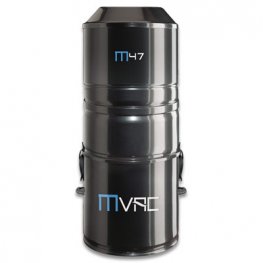
- MINI VMAC II SETUP FOR MAC
- MINI VMAC II SETUP MAC OS
- MINI VMAC II SETUP SOFTWARE
- MINI VMAC II SETUP CODE
- MINI VMAC II SETUP FREE
MINI VMAC II SETUP SOFTWARE
If the whole goal of an emulator is to trick legacy software into thinking it’s on an older machine by creating a fake computer-inside-your-computer (a “virtual machine”), you need a ROM file to serve as the fake brain.
MINI VMAC II SETUP CODE
Rather than stored on a hard drive like the operating system, which is easily writable/modifiable by the user, this crucial, small central piece of code is stored on the CPU on a chip of Read-Only Memory (the read-only part is why this sort of code is often called firmware rather than software). But the CPU itself needs a little bit of programmed code in order to work – it has to be able to both understand and give instructions. This ensures your computer has at least some basic functionality even if your operating system were to get corrupted or some piece of hardware were to truly go haywire (see this other post). It also has a CPU, central processing unit, which is commonly analogized to the “brain” of the computer: it coordinates all the different pieces of your computer, hardware and software alike: operating system, keyboard, mouse, monitor, hard drive (or solid state drive), CD-ROM drive, USB hub, etc. So you know your computer has a hard drive, where your operating system and all your files and programs live. This is the first thing that can start to throw people off.

For the rest of us, there’s WinWorld, providing disk image files for all your abandonware OS needs. If you still have the original installer CD lying around, great! You can still use that. These used to come on bootable CD-ROMs, or depending on the age of the OS, floppy disks.

MINI VMAC II SETUP MAC OS
You’ll need the program that installs the desired operating system that you’re trying to recreate/emulate: let’s say, for example, Mac OS 8.5. We’ll go over these in more detail in a minute.
MINI VMAC II SETUP FREE
There are several free and open-source software options for emulating legacy Mac systems on contemporary computers.

Most of the “default” or recommended pre-compiled Mac/Windows versions of emulators offered up to casual or first-time users don’t necessarily do every single feature that the emulator’s front page brags about. That’s partly because, as open source software, each of these programs is *potentially* capable of a hell of a lot – but might require a lot of futzing in configuration files and compiling of source code to actually unlock all those potentials (which, those of us just trying to load up Nanosaur for the first time in 15 years aren’t necessarily looking to mess with). In particular, while each Mac emulator has some pretty good information available to troubleshoot it (if you’ve got the time to find it), I’ve never found a really satisfying overview, that is, an explanation of why you might choose X program over Y. That’s also not something that to hold against them in the least, mind you – when you are a relatively tiny, all-volunteer group of programmers keeping the software going to maintain decades’ worth of content from a major computing company that’s notoriously litigious about intellectual property….some of the details are going to fall through the cracks, especially when you’re trying to cram them into a forum post, not specifically addressing the archival/information science community, etc.
MINI VMAC II SETUP FOR MAC
The tinkering enthusiast communities that come up with emulators for Mac systems, in particular, are not always the clearest about self-documentation (the free-level versions of PC-emulating enterprise software like VirtualBox or VMWare are, unsurprisingly, more self-describing). I elided much of the technical process of setting up a legacy operating system environment in an emulator, since my focus for that post was on general strategy and assessment – but there are aspects of the technical setup process that aren’t super clear from the Emaculation guides that I first started with. Last fall I wrote about the collaborative technical/scholarly process of making some ’90s multimedia CD-ROMs available for a Cinema Studies course on Interactive Cinema.


 0 kommentar(er)
0 kommentar(er)
